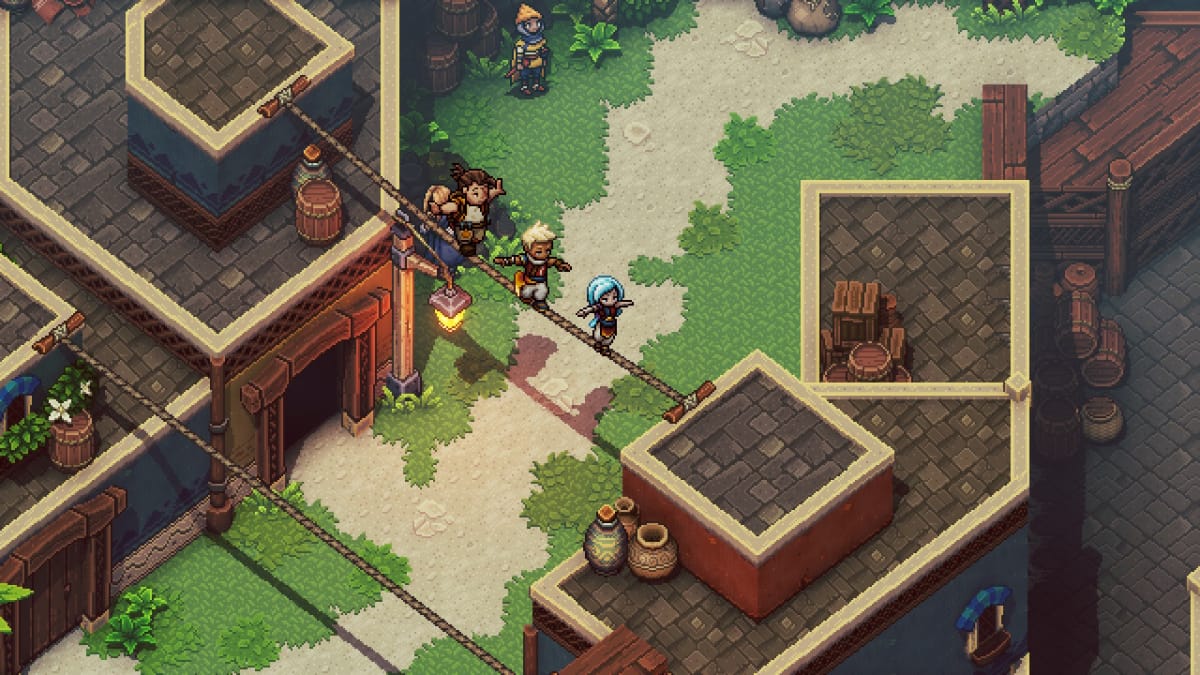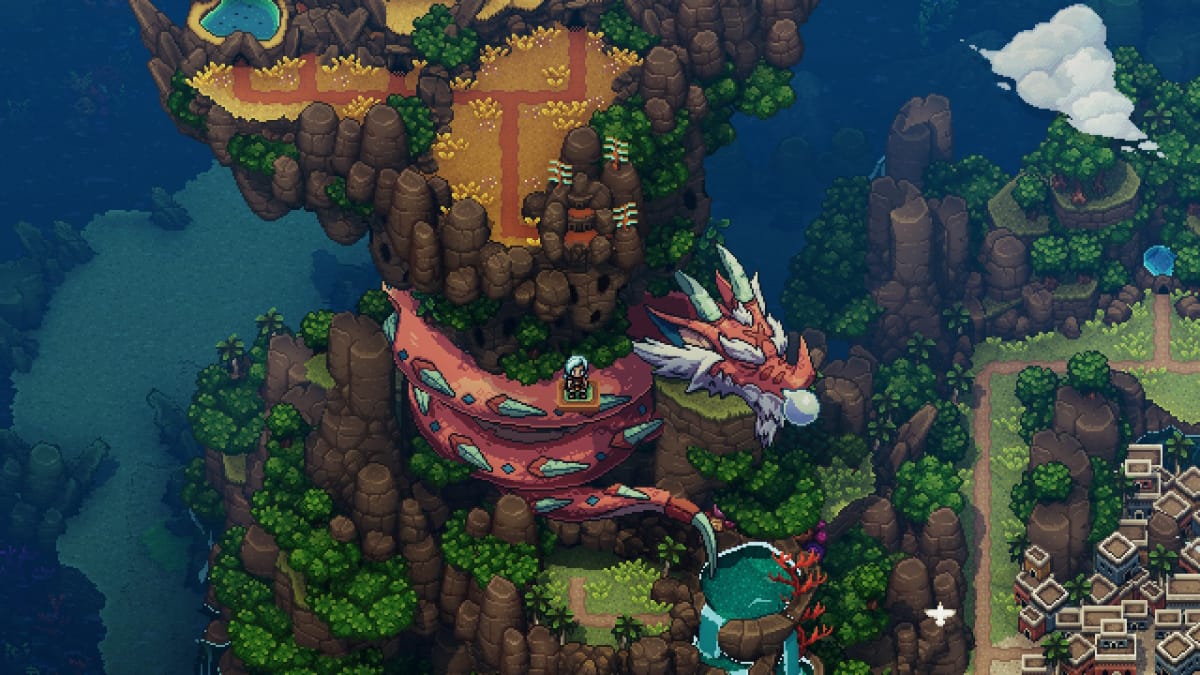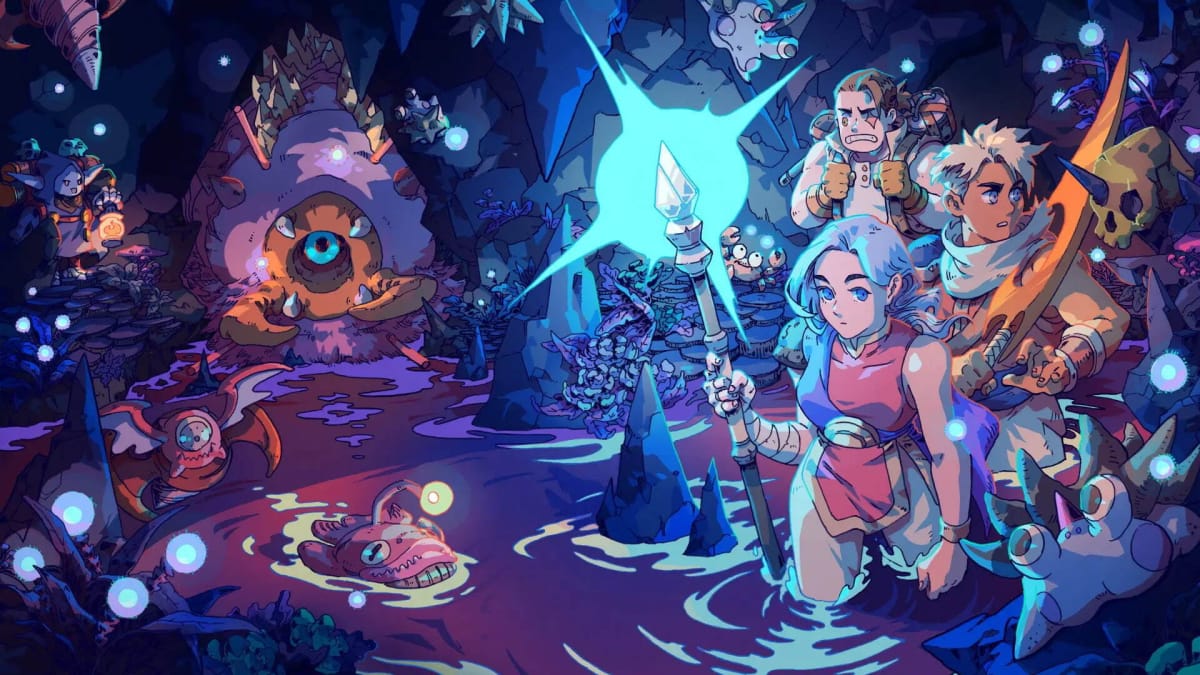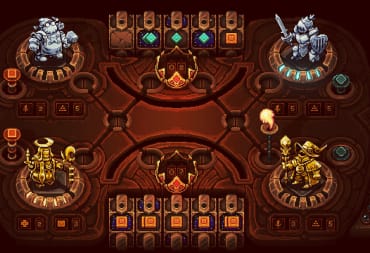2023's been a very good year for games. From Legend of Zelda: Tears of the Kingdom, to Baldur's Gate 3, to the recent Armored Core VI. Amongst these giant AAA is the indie I've been anticipating for quite some time, Sea Of Stars. I'm a sucker for retro-inspired turn-based games, and pulling in Chrono Trigger's composer, Yasunori Mitsuda, definitely sold me. While it clearly takes inspiration from the greats, make no mistake, Sea of Stars doesn't capitalize on nostalgia and has its own set of traits to talk about.

Developed by Sabotage Games, Sea Of Stars is sort of a prequel to their 2D-platformer, The Messenger, but it isn't necessary to have played it to enjoy Sea Of Stars. The protagonists Valere and Zale are Solstice warriors, the former born on the Winter Solstice and the latter on the Summer Solstice. Their destiny is to save the world from evil with their super cool sun and moon powers. It’s not the most original premise nor is it narratively complex, but you’ll find some decent twists along the way and experience a few heartfelt moments.
While the main duo are the chosen warriors, they usually don’t have a lot to add to the conversation and are pretty similar in terms of personality. I found that the game’s writing shines a bit more with its side characters and NPCs. On the other hand, their childhood friend, Garl the warrior-cook, added some much needed pep to the party, especially early on when it’s just the three of them. The baddies aren’t really all that memorable either, and for the most part are just evil for the sake of it.

Sea Of Stars’ strong suit doesn’t really lie in its writing, but rather the battle system. Its turn-based combat feels like a mix of Paper Mario, Octopath Traveler, and Chrono Trigger. If you time your button press correctly, you can make an additional strike or even block an incoming attack to reduce the damage done by them. It’s a little trickier than it sounds though, since there isn’t really an indication as to how to time it. This makes it a little tricky to pull them off, but once you get into the rhythm, you can pull off a satisfying chain of attacks.
There’s also the lock system that’s similar to the “break and boost” system from Octopath Traveler. An enemy can have a set combination of weaknesses, and if you manage to break the lock pattern, you can soften their attack or even have them miss a turn. There’s a bit of emphasis on enemy positioning as well, as you can hurl enemies into a different place and be more efficient with ranged attacks. The best part though? There aren’t any random encounters in Sea Of Stars, so you can just avoid enemies if you want to.

Traversing through the world of Sea Of Stars is a delight, as there’s a bit of light platforming you need to do to scour the lands. You can hop onto ledges, climb down ladders, and even swim through rivers. You’ll find a bunch of secrets cleverly hidden away, so there’s never really a boring area. There’s a few platforming puzzles as well, with some of them requiring you to move giant blocks, while others requiring you to change the time of day with your Solstice powers.
Sea Of Stars’ combat system and traversal are explained through well-designed tutorials that tie in with the story, but I can’t say so for some other mechanics in the game. There’s a fun fishing mini-game which I’ve honestly wasted a lot of time on, but for the most part I figured out how it works through trial and error. There’s a “How to play” section in the menu for you to read about these things, but it feels like anything apart from the combat is just an afterthought. There’s an in-game tabletop game called “Wheels” that you can play at an inn, but even that requires you to read and learn the rules.

It goes without saying that Sea Of Stars is visually stunning, and its pixel art really takes full advantage of the extra screen space and color options that SNES-era games didn’t have the luxury of. The game’s dynamic lighting seems like an act of wizardry, as it seamlessly allows the world to transition from day to night taking into account weather effects, eclipses, and shadows. The soundtrack is a treat for the ears with Eric W. Brown being the game’s main composer, and Yasunori Mitsuda having composed 10 original tracks. There’s a lot of thought that’s gone behind the audio in Sea of Stars and it’s all quite impressive, so more on that here.
Sea of Stars Review | Final Thoughts
Ultimately, Sea Of Stars is a gorgeous-looking game with an impressive combat system that scratches that retro itch but falls a bit short in the story department. It does enough to make it stand out as its own thing instead of having to live up to the legacy of the classics but isn’t as thematically memorable. A little bit more polish could have made Sea Of Stars a real gem, but if you’re aching for the golden age of JRPGs, Sea Of Stars will last you a good 30 hours of decent fun.
Sea Of Stars was reviewed on Nintendo Switch with a copy provided by the developer over the course of 30 hours of gameplay - all screenshots were taken during the process of review.
Review Summary
Pros
- Intuitive turn-based combat
- Gorgeous pixel art with “dynamic lighting”
- Wonderful soundtrack
Cons
- Lackluster story
- Missing tutorials for certain game mechanics
- Fails to leave a lasting impression
Have a tip, or want to point out something we missed? Leave a Comment or e-mail us at tips@techraptor.net












